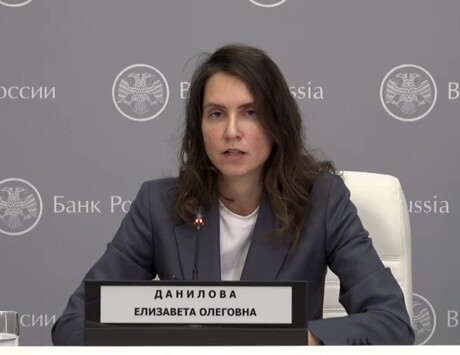The smallest kid on the block is making the most noise again. Enter, last Tuesday, the new – or at least latest – version of the Independent, with a big, bold, red masthead, some slick new typography and what its equally new editor calls "a coherent, easily navigated" running order. No Viewspaper sitting in the middle: just views and news mixed for pace and impact from page one. It's a good moment to pause, then – and think print.
The Indy is 25 years old now. It was launched as a pseudo-classical broadsheet, styled to seem staid-cum-sonorous from day one. It has had nine editors over that quarter-century, or 10 if you count Simon Kelner's stints separately. (The Times, in that span, has seen five chiefs, the Telegraph six and the Guardian two). There have been seemingly endless crises, switches of ownership and huge circulation swings, from 400,000-plus down to 176,983 today. But, in adversity, there has also been constant innovation.
Who led the qualities' plunge into tabloid format? Who hired Spanish designers to add an Iberian sheen? Who finally used the technology to launch a fast-read little brother called the i? Who put Views in the middle, then took them out again? The Independent's wheezes haven't always succeeded, but they have always sought to explore and exploit the possibilities of print.
So the first thing Chris Blackhurst noticed when he took over from Simon Kelner was his paper's relative invisibility on newsstands – thus that great red masthead. And the first thing that research told him was that those big, central blocks of comment didn't get read – thus their dispersal. Will it all work? If ingenuity and sweat from a total daily, Sunday and digital staff of 175 (under a third of its immediate rivals) is any guide, then the force should be with them. What's rather more complex, though, is the strategy behind Alexander Lebedev's benevolent subsidies.
The Indy isn't just getting a newsprint makeover; an online one is imminent, too. When that breaks, there'll be a modest paywall for overseas customers, while 25,000 foreign print copies are axed completely and bulk free giveaway copies (over 100,000 in total together) are cut down to size. Take that massive padding away and the Indy would only be selling 70,588 at full rate in September against the i's 184,000. Under Lebedev ownership, meanwhile, the free Evening Standard distributes 750,000 every weekday.
What's plan B? Carry on pounding on every front? Hail triumph if and when the i picks up enough shared advertising with the Indy to bring overall profitability closer? Turn the Saturday Indy plus Independent on Sunday into two big fat weekend warriors and let the i soldier on alone through the week? (A gambit perhaps already signalled by loading most of the Indy's old bulks over to the i, so prospectively pushing its headline sale towards 250,000, and leaving the Daily Blackhurst to survive on 95,000 or so).
But watch this space. There are plenty of shrewd planners (such as Andrew Mullins) in Lebedev's back office and plenty of talented front-of-house journalists who'll keep plugging and changing away. Some of them even see a future as the only left-of-centre print paper still hanging on if the Guardian eventually goes all-digital. Another 25 years? Another 10 editors? You wouldn't totally bet against it, on a paper that somehow refuses to die.



